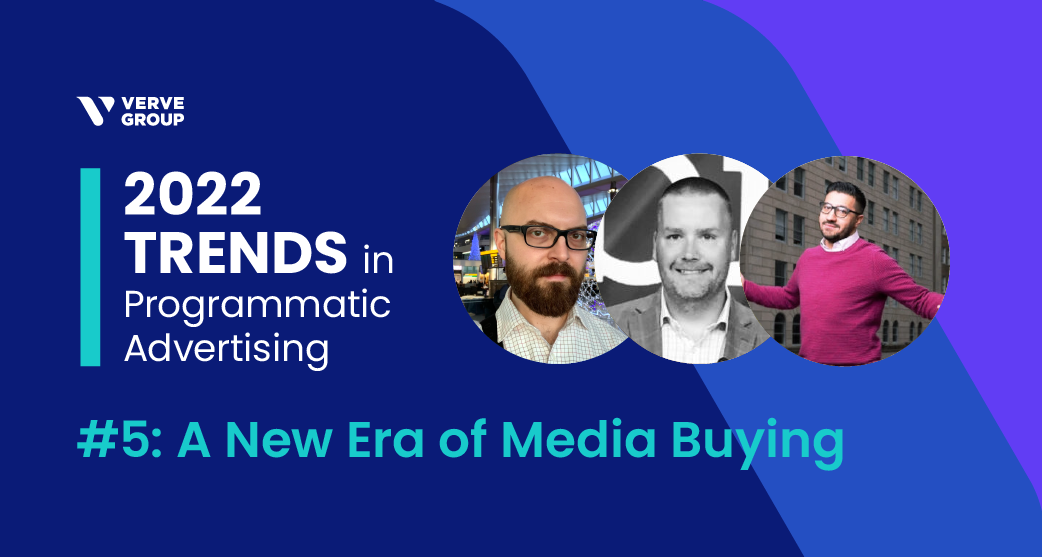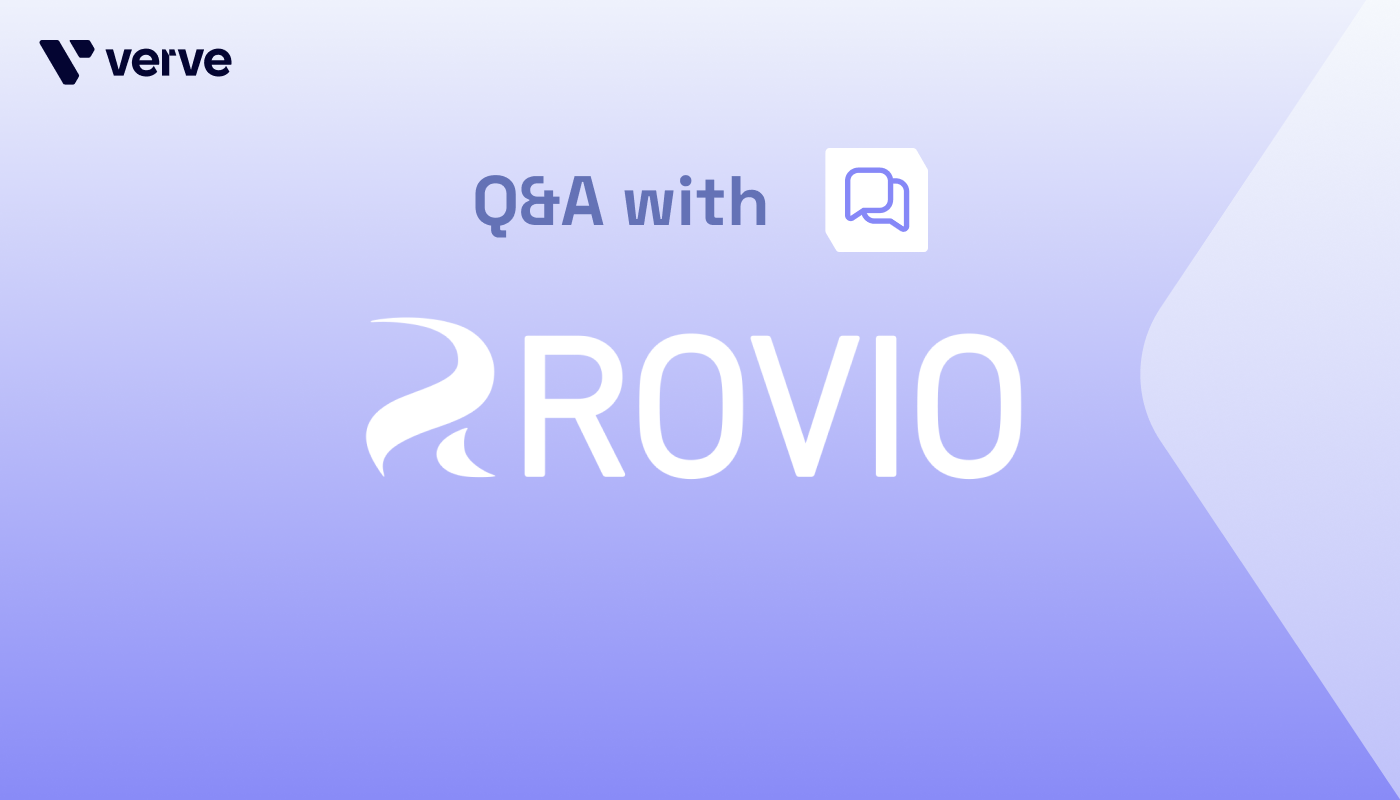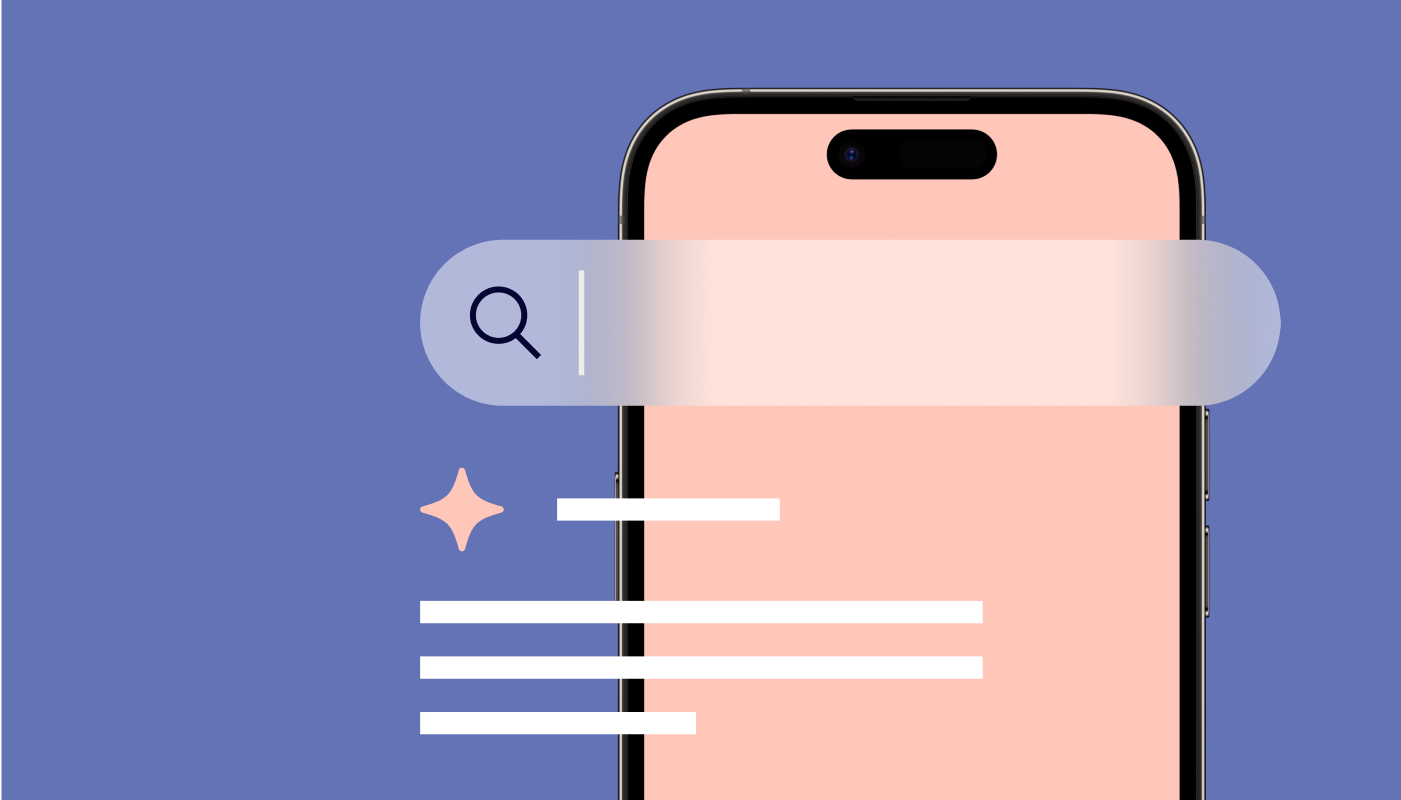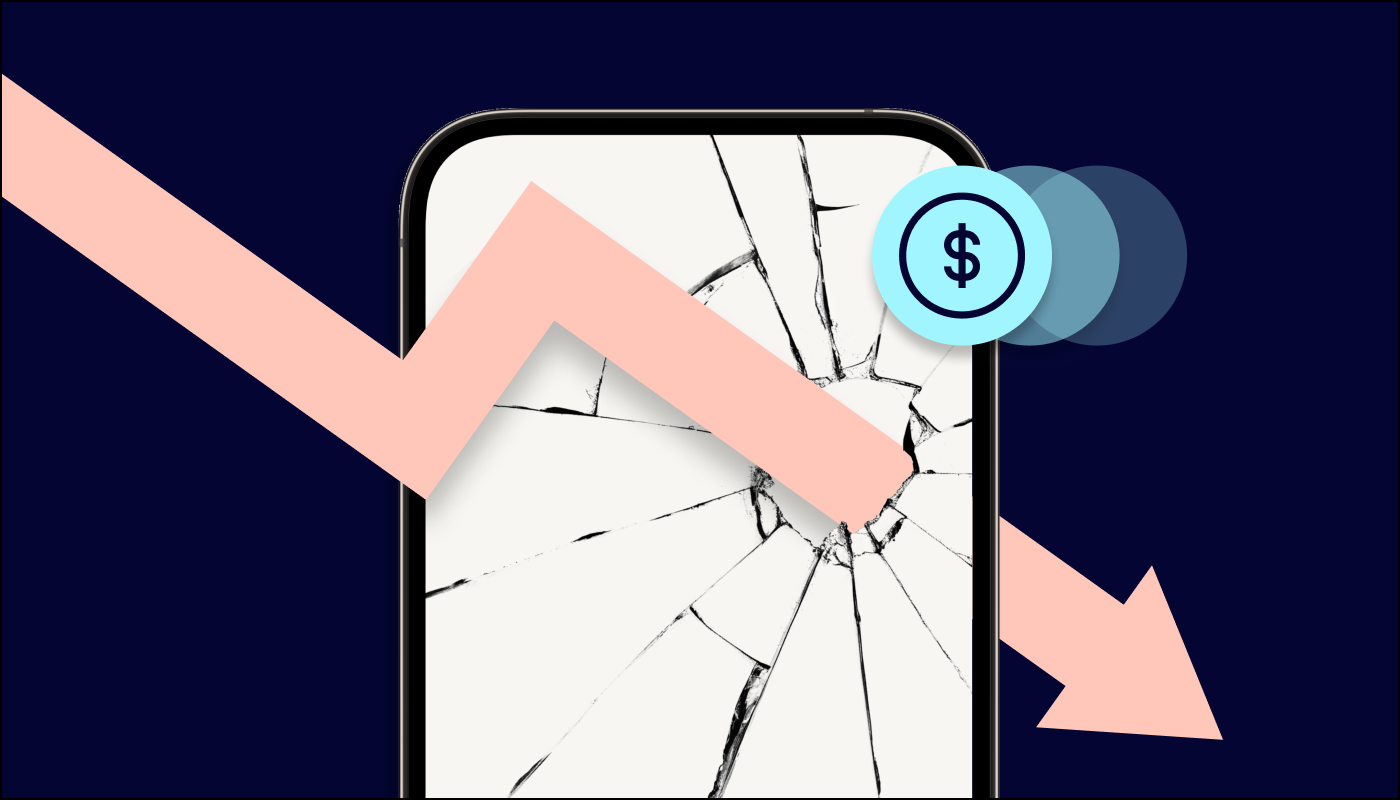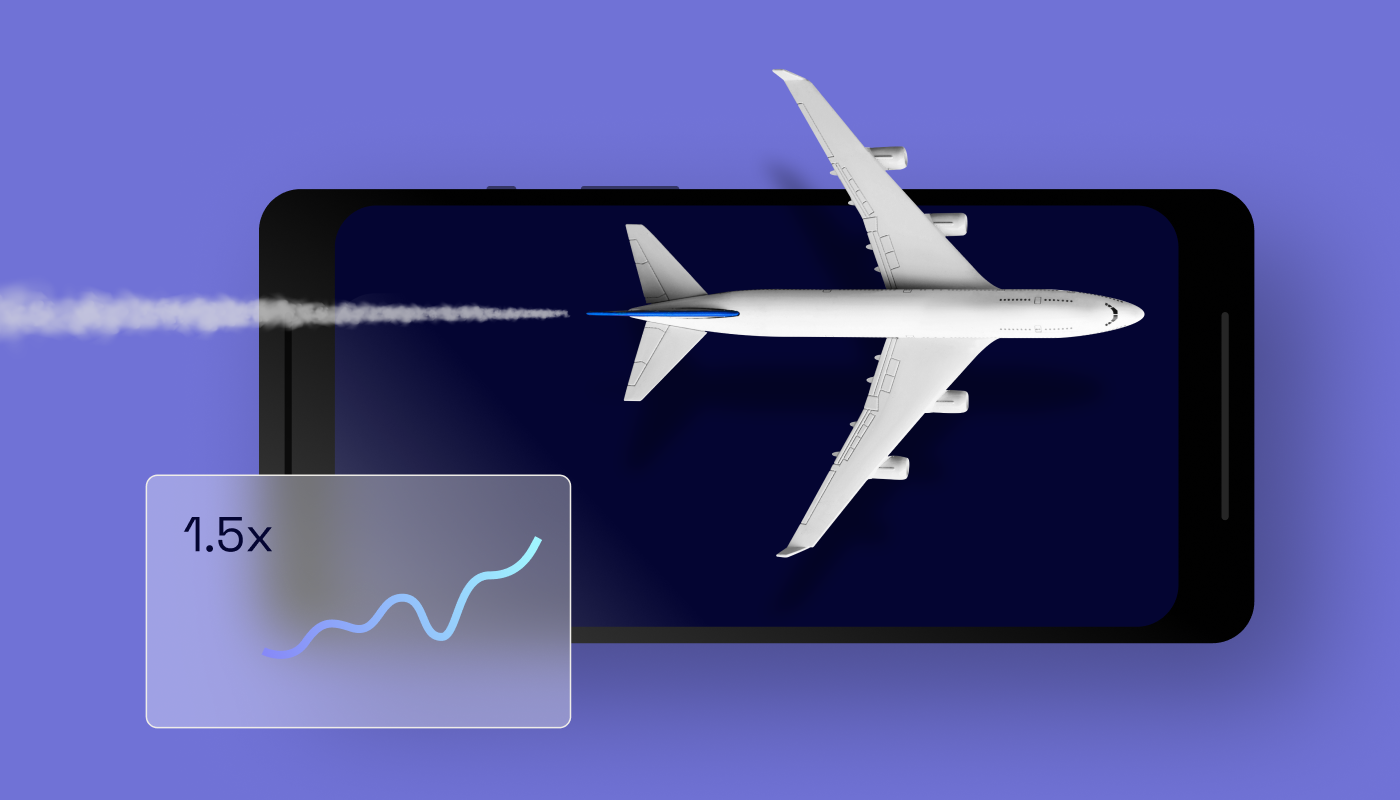Welcome to our latest blog series, 2022 Trends in Programmatic Advertising. We’re meeting with industry experts and thought leaders to bring you insights on what’s ahead for 2022, and what’s shaking up the programmatic landscape.
Today, we are joined by industry experts from Kayzen, Kubient, and PubMatic. Kayzen is a mobile, in-house app bidder with the mission to democratize programmatic marketing by helping advertisers regain control of their data and break out of black-boxes. Kubient offers a new generation of audience targeting services and platforms, harnessing the power of programmatic and managed services to connect brands to their target audience across all digital channels with transparency and fraud protection. PubMatic is a sell-side platform that delivers superior outcomes for digital advertising.
These programmatic experts join us today to talk about the future of programmatic advertising, the impact of industry consolidation, and how media buying will evolve in the shifting privacy landscape.
Which programmatic advertising channels will take the spotlight in 2022 and why?
Ryan Adams, SVP Partnerships, Kubient: It’s clear that connected TV (CTV) is a major growth segment within the advertising and media industry. We’re seeing lots of demand, high CPMs, upfront money, and deals growing quickly. This is a trend we’ve noticed in the industry at large, with eMarketer estimating CTV ad spend to grow from $13 billion in 2021 to $21 billion in 2023. While podcast advertising and NFTs both had their moments in 2021, I think CTV is still relatively new, and will continue to mature and be a focus for advertisers.
Ryan Goeden, Business Development Lead, Kayzen: Next year’s programmatic strategy will be about data access. For several years now, advertisers have been happy to outsource their programmatic spend to managed service demand-side platforms (DSPs) who generate good results but provide minimal transparency. Much of this has relied on vendors’ ability to share data across multiple apps and identify the best users to target for a given campaign. This has been greatly reduced as a result of Apple’s App Tracking Transparency (ATT), due to which the ability for advertisers to benefit from data sharing has diminished. I expect them to prioritize programmatic channels that give them greater transparency over where their campaigns run, and how they optimize and access ownership to the underlying data.
Koray Fuat, Director, Customer Success, PubMatic: The pandemic brought significant changes to the world of programmatic. If 2020 was the year of marketers scrambling to react, 2021 has been the time to rebound. Programmatic advertisers responded to the new challenges and opportunities, and now are looking ahead to 2022. It’s no surprise that 2021 was the year of CTV advertising, and it’s expected to remain strong for 2022. A lot of advertisers are looking to increase their ad investments across CTV compared with 2021 spending.
What will be your biggest challenges and opportunities in programmatic advertising 2022?
Koray Fuat, Director, Customer Success, PubMatic: I see three major challenges facing the industry in 2022. First of all, a cookieless world is coming. After Google changed the deprecation date for third-party cookies from early 2022 to late 2023, cookieless preparation fell down the priority list for a majority of marketers. But no matter whether you are an advertiser or an agency, starting early is key to seamlessly transition into the cookieless future.
Secondly, mobile programmatic advertising will continue to dominate. Globally, app installs increased by 31% in 2021, which caused a significant rise in the volume of quality in-app ad impressions available. Concurrently, header bidding has made in-app highly scalable, and initiatives such as app ads.txt have removed early brand safety challenges. Yet, somehow, misconceptions remain, ad budgets have not shifted, and in-app remains a relatively untapped opportunity.
Finally, the fragmented CTV landscape presents another challenge: how can marketers effectively buy advertising across a plethora of walled gardens as well as open marketplaces, across multiple markets? Solving this will need more than collaboration (although, of course, that will be critical), and it will require advertising technology platforms built specifically for CTV. These platforms need to enable CTV buyers to access custom, multi-publisher, multi-channel, and multinational marketplaces in order for CTV to scale. The winners will be those businesses that have anticipated the change and set themselves up for this new world.
Bruce Warshaw, VP of Publisher Partnerships, Kubient: As Ads.txt becomes more mainstream, you’ll see some embrace it, while others hold out. It’ll also be interesting to see how brands and platforms look at tackling fraud in the New Year. Fraud has continued to plague the industry and waste valuable ad dollars.
Ryan Goeden, Business Development Lead, Kayzen: There will be a brand new learning curve as we adjust to a world without Apple’s IDFA. A lot of past knowledge is wiped out. The challenge will be accessing data, and learning how to use it. Additionally, advertisers whose campaign results depend on sharing data across apps and cherry picking the best paying users will have challenges finding the same results.
As far as opportunities go, data science teams who can turn data into smarter buying algorithms are uniquely positioned to succeed. Businesses with simpler conversion mechanics in their app should also benefit. If most of your users pay for your service relatively close to the install, it will be easier for you to optimize campaigns towards paying customers.
In your opinion, what role will DSPs play in the privacy-first world in 2022?
Leon Zemel, Chief Product Officer, Kubient: We’ve seen many DSPs be the focus of M&A this year, given their direct relationships with brands and data. However, as DSPs consolidate, their role in the privacy-first world is still being carved out.
Ryan Goeden, Business Development Lead, Kayzen: DSPs are very good at translating the signals included in a bid request into predictions that an impression will drive an install or in-app event. Historically, the presence of a device ID has been one of the most important predictive signals, because ad vendors would have data on users’ past behavior connected with the device ID. As persistent device IDs go away, advertisers and their DSPs will need to make use of contextual signals in the bid request. DSPs with strong data science already have a lot of experience turning these signals into smarter bids. They will be at the forefront of utilizing contextual signals that do not violate user privacy to drive results and optimization.
What challenges and opportunities do you see arising from growing consolidation in the ad tech industry?
Ryan Goeden, Business Development Lead, Kayzen: Personally, I tend to agree with Eric Seufert’s assessment that everything is an ad network. With gaming studios developing ad businesses and ad networks buying gaming studios, the connection between the owners of audiences and those that show them ads grows closer.
The biggest opportunities exist for companies that can leverage the network effect of an ever-expanding pool of data. By consolidating data under a single company, they’ll be better able to leverage it to drive advertiser results. They may also start creeping into the “too big to fail” level much like the walled gardens are now.
Challenges will exist for advertisers and publishers that are still independent but do not want their data going to ad tech vendors that are increasingly becoming competitors. On the one hand, they need them for their user acquisition and monetization; on the other, they of course do not want to share data with a competitor. It’s a challenging line to walk.
Paul Roberts, CEO, Kubient: From my perspective, I think we’re all trying to solve the problem of measurement, attribution, and ROI for customers. While many see M&A enabling companies to provide more robust and accurate measurement capabilities, it might be counterproductive, making it more difficult long term if every company is trying to solve the measurement issue there won’t be consistent standards industry wide.
On a more micro level, brands, agencies, and publishers should look closely at the various partners they have relationships with and look at which ones are providing value. Consolidating the number of SSPs, DSPs, and other tech solutions will enable greater transparency, and thus drive greater efficiencies and reduce unnecessary costs.
Koray Fuat, Director, Customer Success, PubMatic: Transparency in programmatic has gone through several evolutions over the years. Today, the focus has moved beyond simple provision of reports and full disclosure of fees to a more advanced state that requires many more factors. The digital advertising industry has reached a pivotal point: we have the opportunity now to rebuild the value chain and ensure that publishers, brands, and consumers get real value from advertising. One of the ways to do this is through supply path optimization (SPO), which helps ensure that buying paths across all transaction types are free from artificial costs, and are transparent and high quality. Publishers will also have to be mindful of what’s going on in the entire digital ecosphere. They must prioritize and think about what areas are growing. The good thing is that SPO is no longer just a blunt, cost-savings conversation. But with that, partners and publishers will be challenged to prove their unique value to advertisers, their ability to partner and their strategy for growth. It’s a big undertaking, so one must determine what can be done internally and where vendor partners can be leveraged. Done well, SPO can create real differentiated value.
Stay tuned for more expert insights over the coming days on what 2022 has in store!

